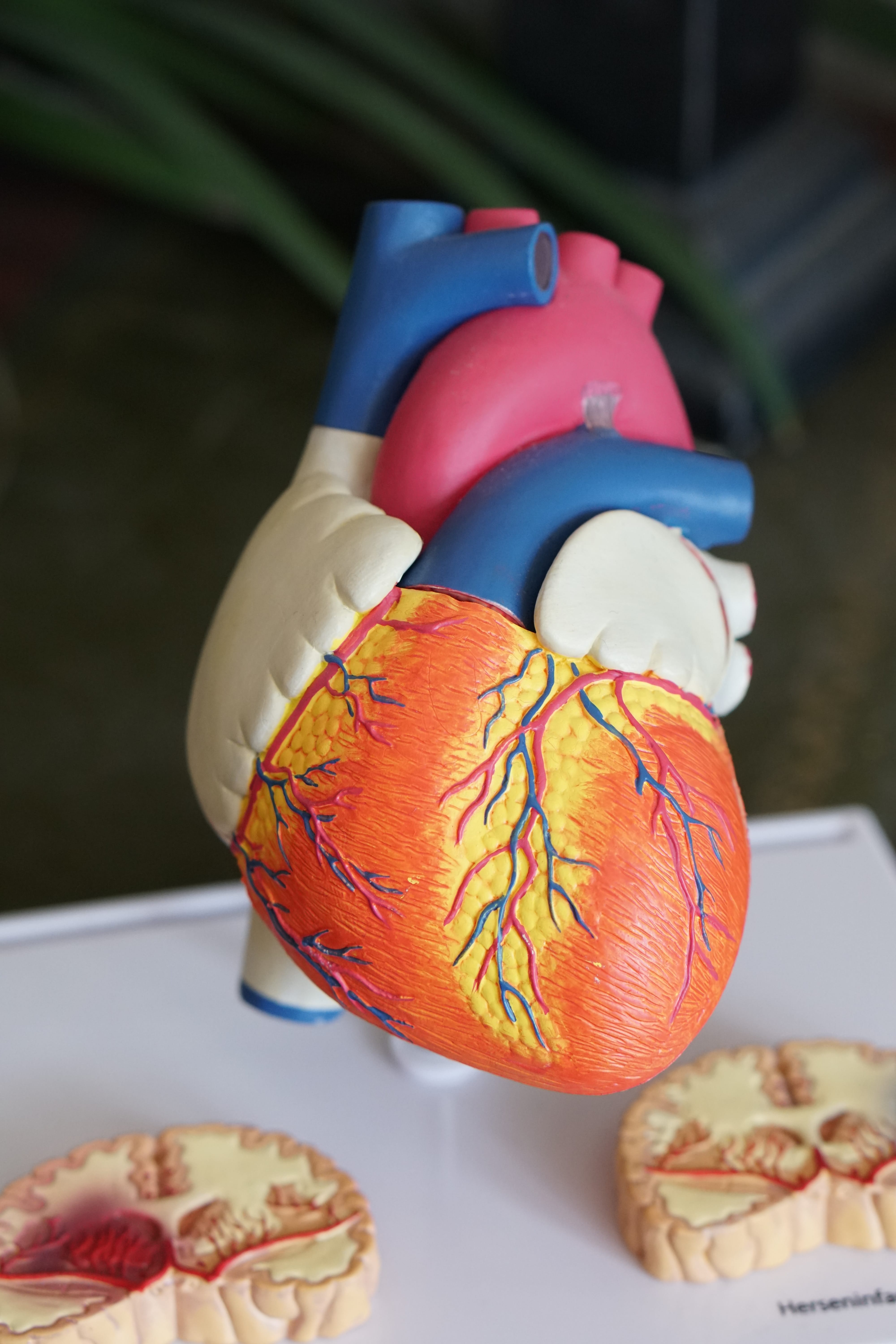Teenager goes in for routine physical and is told he is lucky to be alive.
John Thoms, a high school freshman, went in for a routine physical last summer and was shocked when doctors told him he had suffered a heart attack. After further testing, they determined he was lucky to be alive. Soon after that point, Thoms was diagnosed with a rare heart condition referred to as anomalous left coronary artery from the pulmonary artery (ALCAPA). ALCAPA is considered a birth defect and most who are born with it don’t survive past the first year of life.
Thoms had open heart surgery in September and his condition is improving.
“[The physician] said the murmur was fine, but something else was wrong,” Thoms’ mother, Theresa Mueting, said of when her son was diagnosed.
So, the medical team performed an electrocardiogram (EKG) and that’s when they discovered Thom had had a heart attack.
“That was cause for big alarm. He’s 14,” Mueting said.
The reason behind the attack was even harder to find, but they eventually realized it was ALCAPA. ALCAPA is a condition in which the left coronary artery originates from the pulmonary artery, instead of the aorta, and carries blood without oxygen to the left side of the heart.

“[The doctors] kept saying the tests don’t show anything specific. They had to keep questioning it,” Mueting said. “They said there’s no way he could have this and be this old.”
She continued, “In a lot of ways, they were telling us that this doesn’t happen.” Then, her son was scheduled for surgery.
“We didn’t know it was open-heart until two days before,” Mueting said. “Even when we knew, there were still three different plans going into surgery because we still didn’t know what they were going to find.”
During the procedure, surgeons discovered that Thoms’ heart never stopped because microscopic arteries had branched off and connected to his heart to give him just enough oxygen and blow flow to live. Surgeon John Kupferschmid re-aligned everything to where it was supposed to be.
“His body just found a way. That’s the only reason he ended up being OK,” Mueting said.
“I was less worried than I should have been,” Thoms admitted. “I don’t think I knew what was going to happen. I thought it couldn’t be true or maybe they got something wrong because you never expect the one-of-a-kind thing to happen to you.”
Mueting was actually in cardiology for six years, holding positions as a medical assistant and pacemaker technician. But, seeing her son go through what he did was different. “It was hard for me to not act scared. He’s my firstborn. You don’t ever want to think about something bad happening. You know it’s serious when you have a lot of talented people saying, ‘What the heck is this?’ That’s a bad place to be.”
Looking back now, his mother wonders if there were signs right from the start. “John got admitted to the children’s hospital in Seattle when he was 14 months old because they thought he had asthma,” she said. “I thought it was weird because it didn’t run in the family, but they gave him an inhaler anyways…We always assumed it was his asthma. Looking back, he was misdiagnosed.”
The family will have to do a check-up every year to make sure the microscopic arteries don’t try to reconnect to Thoms’ heart again. If this happens, Thom could undergo additional surgeries.
Sources:
A teen went in for a routine physical. Doctors told him he suffered a heart attack
West Texas teen diagnosed with rare, often fatal heart condition after routine physical


Join the conversation!